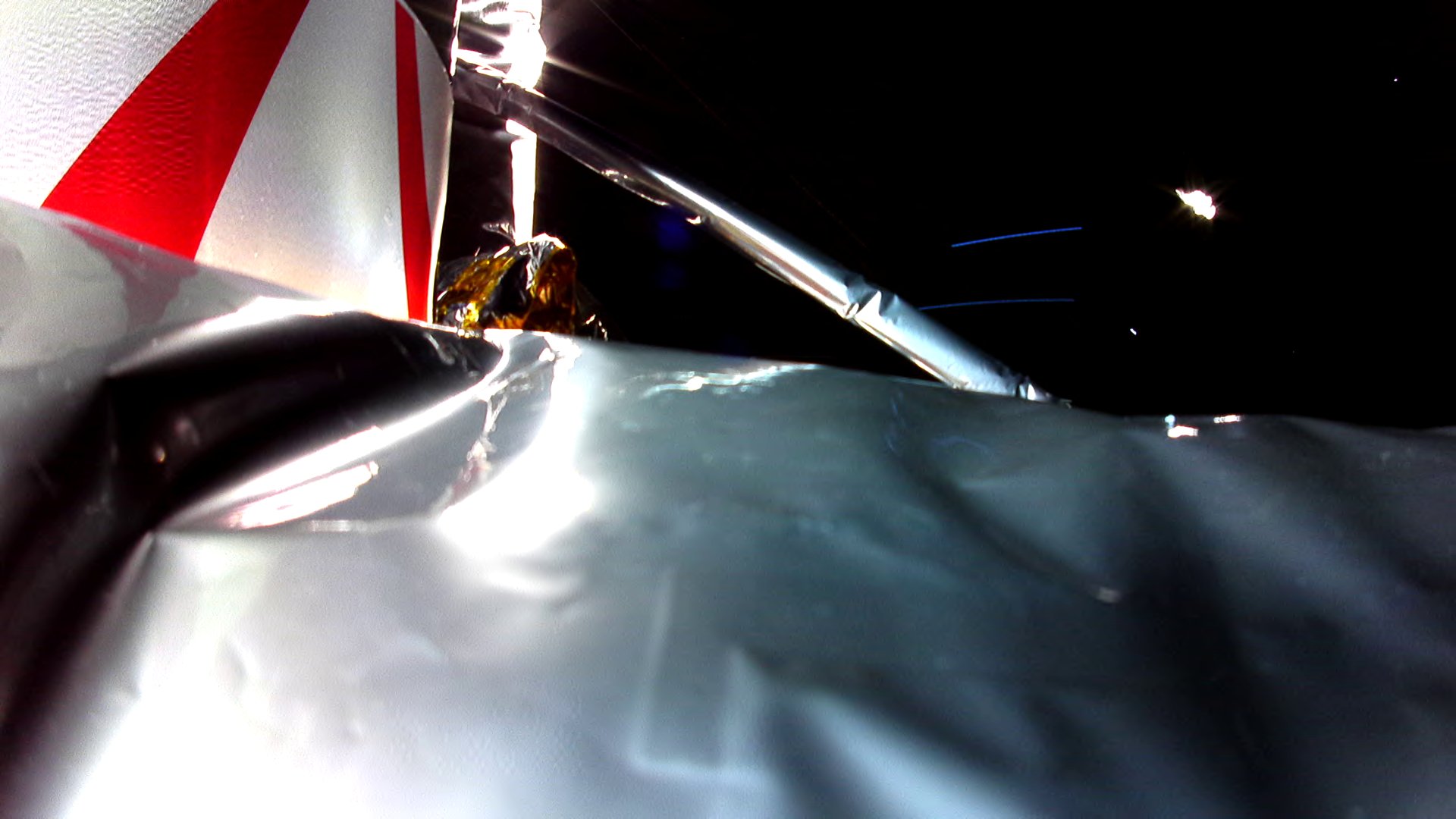Insider Brief:
- Astrobotic has announced in a press release that the Peregrine spacecraft will be intentionally destroyed upon re-entry to the Earth’s atmosphere.
- The decision to prevent the lander from remaining in space and posing a collision hazard for future missions was based on recommendations from several government agencies and experts in the space community, including NASA.
- The lander’s re-entry is expected on Thursday, January 18, at approximately 4:00 PM EST as announced in Astrobotic’s 20th mission update.
- Image credit: Astrobotic
Astrobotic’s ambitious mission to land on the Moon with its Peregrine spacecraft has taken an unexpected turn as the company has announced the intentional destruction of the lander after a lunar landing was deemed impossible due to a major propellant leak. The fault was traced to a leaking oxidizer tank, affecting the craft’s stability and power supply.
Launched from Florida on a Vulcan rocket, the Peregrine craft encountered difficulties shortly after liftoff, leading to the decision to prevent it from remaining in space and posing a collision hazard for future missions. This decision was based on recommendations from several government agencies and experts in the space community, including NASA, as reported by Inverse. While the final decision on the lander’s fate was in Astrobotic’s hands, they decided to heed the advice, stating “Ultimately, we must balance our own desire to extend Peregrine’s life, operate payloads, and learn more about the spacecraft, with the risk that our damaged spacecraft could cause a problem in cislunar space.”
Despite the many setbacks during the mission, Astrobotic engineers successfully diagnosed and extended the life of the lander, even managing to activate several payloads on the spacecraft and provide valuable data that will be used to inform and enable future missions. Notably, the Peregrine Ion Trap Mass Spectrometer (PITMS) gathered valuable data on the radiation environment between Earth and the Moon.
In Astrobotic’s 20th mission update, the company states, “Peregrine has been operating in space for 9 days and 16 hours. It is 139,000 miles (223,700 km) from Earth. We expect re-entry to occur at approximately 4pm Thursday, January 18 (US Eastern time).”
While this mission may not have gone as planned, attention turns to upcoming lunar ventures by Astrobotic, including a NASA rover named Viper. The company is not letting the disappointing outcome of the Peregrine Lunar Mission distract from their ultimate goal of landing on the moon – Collaborating with Intuitive Machines and Firefly, Astrobotic is part of a trio planning six lunar surface missions in 2024.
If you found this article to be informative, you can explore more current space industry news, exclusives, interviews, and podcasts.
Share this article:








